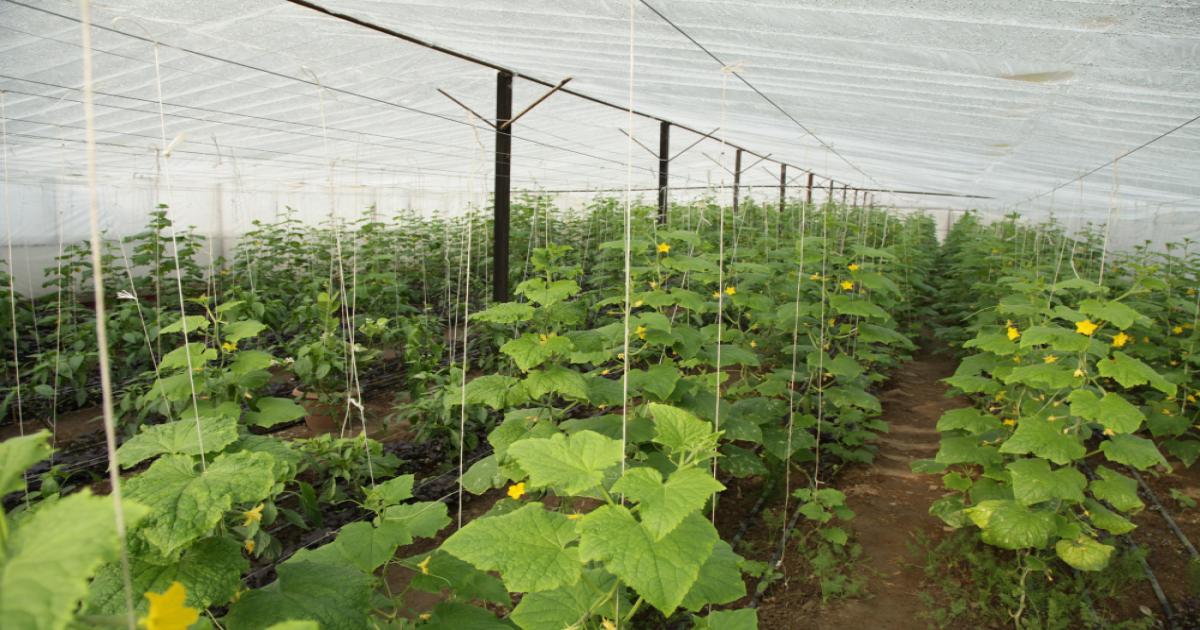
During summer, bottle gourd and cucumber are among the most in-demand vegetables. These crops mature quickly and fetch good market prices. By adopting the right timing and advanced techniques, farmers can maximize their profits with minimal investment. Let’s explore the ideal time and best practices for cultivating bottle gourd and cucumber.
The optimal temperature for bottle gourd vines to thrive is between 26°C and 30°C. Though it is commonly grown during the monsoon season, March to April is the best time for sowing. Loamy or sandy loam soil is ideal for its cultivation. During summer, irrigation should be done every 5-7 days. For proper growth, apply 250 quintals of farmyard manure per hectare, along with 80-90 kg of nitrogen, 30-40 kg of phosphorus, and 40 kg of potash per hectare. The crop is ready for harvesting within 50-60 days of sowing, yielding approximately 300-400 quintals per hectare.
To prevent diseases, seeds should be treated with 2 grams of carbendazim per kg before sowing.
Bottle gourd is highly beneficial during summer. Consuming its juice 2-3 times a week helps in maintaining heart health and blood pressure. Its high fiber content aids in weight management, while essential nutrients like iron, vitamins, and potassium support digestion and overall health.
Cucumber is a warm-season crop and cannot tolerate extreme cold or frost. The best time for sowing is between March and April. It thrives in loamy or sandy soils, with an ideal temperature range of 18°C to 24°C for vine growth and yield. During summer, irrigation should be done every 4-5 days, ensuring proper drainage to prevent waterlogging. The balanced application of organic manure, potash, and nitrogen is crucial for higher yields. The first harvest can be done 40-45 days after sowing, with an estimated yield of 150-200 quintals per hectare.
Advanced Varieties of Cucumber:
Land Preparation and Sowing Methods:
The field should be plowed 2-3 times to make the soil loose and well-aerated. Prepare furrows 1.5 to 2 meters apart, with ridges about 25-30 cm wide. Sow the seeds on the ridges at a distance of 55 cm, placing 2-3 seeds per hole. After germination, retain only one healthy plant per hole and remove the weaker ones.
Nutrient Management: Apply fertilizers based on soil test results. Before sowing, mix 20-25 tons of compost per hectare into the soil. Additionally, apply 50 kg nitrogen, 40 kg phosphorus, and 40 kg potash per hectare. Half of the nitrogen and the entire phosphorus and potash should be applied at the time of sowing, while the remaining nitrogen should be applied near the roots 35 days after sowing.
Health Benefits of Cucumber: Cucumber is highly beneficial during summer. It is rich in vitamins, magnesium, potassium, manganese, and copper. It helps keep the body hydrated and improves eyesight. The high fiber content supports digestion and gut health.
Expert Advice for Summer Farming: Adopt mulching techniques to retain soil moisture. Use drip irrigation to conserve water and improve crop yield. Choose high-yield varieties to maximize production and reduce disease risks.